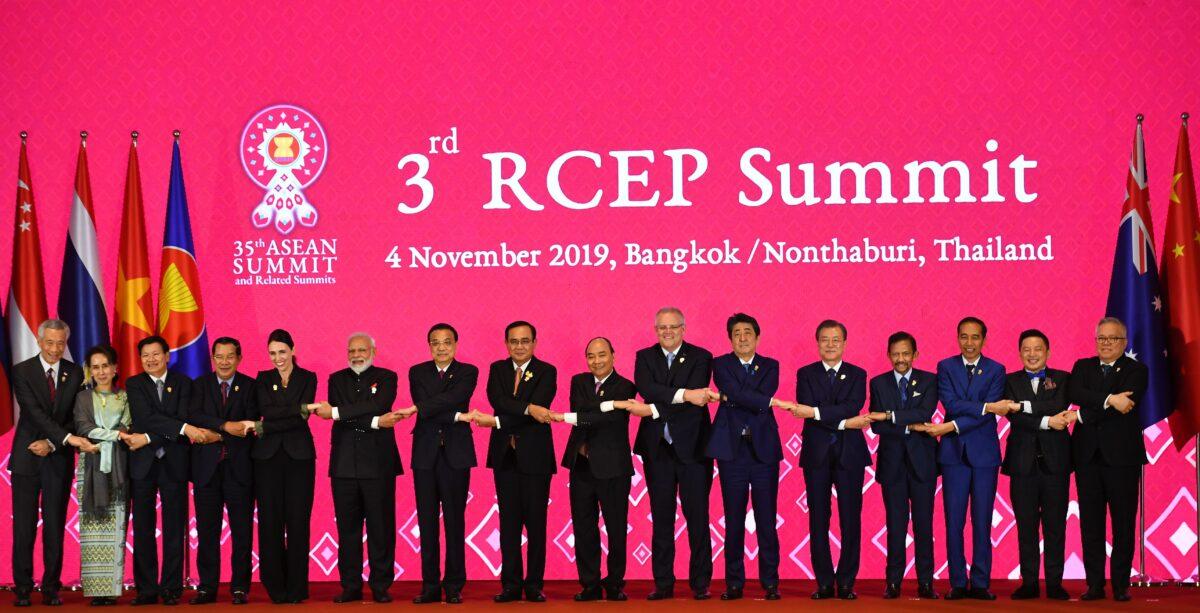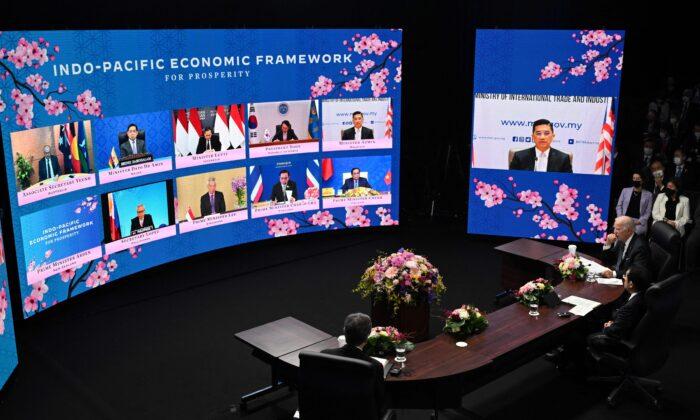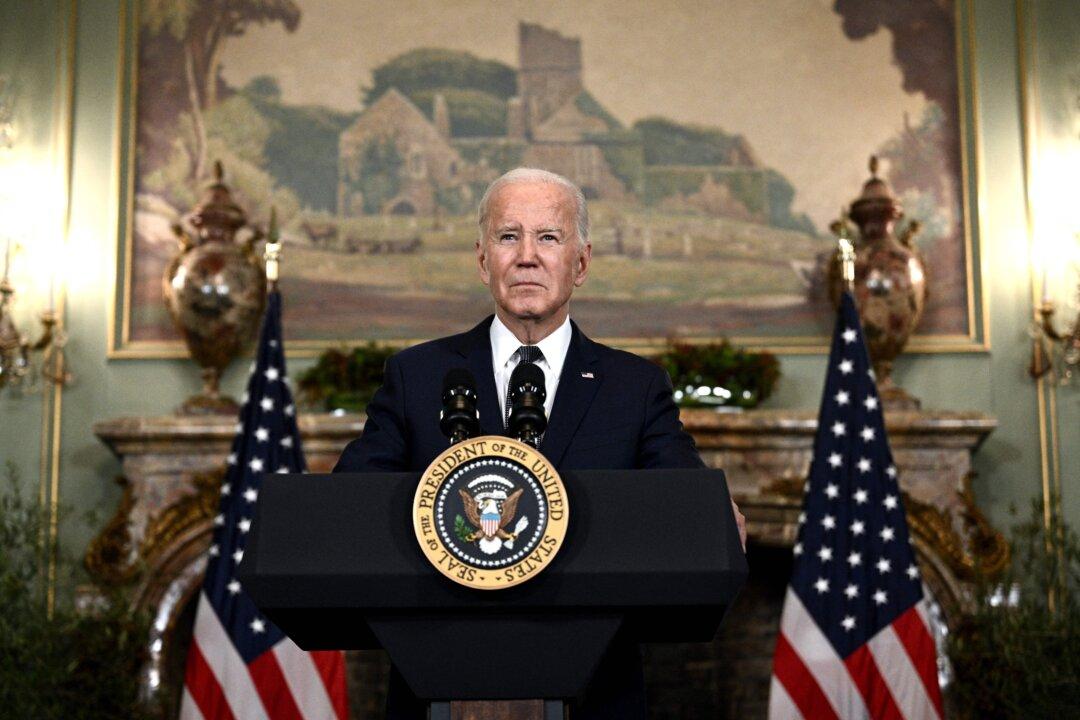Commentary
The Indo-Pacific Economic Framework is America’s way of “presenting Indo-Pacific countries an alternative to China’s approach,” said U.S. Secretary of Commerce Gina Raimondo, as reported by CNBC on May 25.
Joe Biden made his first trip to Asia on May 20–24 since assuming the presidency. On this visit, Biden inaugurated the Indo-Pacific Economic Framework for Prosperity (IPEF), the latest step in Washington’s Asia-Pacific economic strategy. The U.S.-led IPEF is not a free trade agreement. The framework does not grant market access or tariff reduction. Instead, it is designed to counter China.
So far, member nations include the United States, India, Japan, South Korea, Australia, New Zealand, Singapore, Malaysia, Indonesia, Thailand, Vietnam, Philippines, and Brunei. The significance of the list is that it includes all of the Quad members, most of the AUKUS members, and many of the APEC members.
Taiwan has been excluded, at least for now, although 250 members of Congress supported Taiwan’s inclusion. Burma, also known as Myanmar, was not invited due to the 2021 military coup, which ousted the duly-elected leader and Nobel Prize winner Aung San Suu Kyi.
Other countries that have not joined the IPEF are Laos and Cambodia, both considered client states of the Chinese regime. China was also not invited.
However, the Chinese Communist Party (CCP) has signed the world’s largest free trade agreement with other Indo-Pacific countries, the Regional Comprehensive Economic Partnership (RCEP). This is one of many reasons why it was so important for the United States to launch the IPEF and reaffirm its foothold in the Asia-Pacific region.

The IPEF comes five years after the United States withdrew from the Trans-Pacific Partnership (TPP), a trade agreement signed by 12 countries in Asia-Pacific and the Americas. After the U.S. withdrawal, the remaining partners went on to form the Comprehensive and Progressive Trans-Pacific Partnership (CPTPP). China has since requested to join.
Singapore has signaled its intention to join the IPEF while supporting China’s admission to the CPTPP. Taiwan has also applied to join the CPTPP, but Singapore said that members would have to discuss the matter in detail.
So far, the U.S. pivot toward Asia has consisted of strengthening the Quad, providing U.S. nuclear submarines to Australia, and hosting a summit to discuss trade and security with Southeast Asian leaders at the White House.
On May 17, Ambassador Joseph Yun was appointed as special presidential envoy to negotiate the continuation of the Compact of Free Association (COFA) with the Republic of the Marshall Islands, the Federated States of Micronesia, and Palau. The current agreement with the Marshall Islands and Micronesia will be ending next year and Palau’s contract will end in 2024.
In addition to being crucial to the U.S.-led China-containment strategy, the Republic of the Marshall Islands and Palau are two of the few remaining countries that officially recognize Taiwan. For this reason, it is crucial that the COFA be continued.
The White House announced on May 20 that Fiji would be joining the IPEF, becoming the 14th country and the first Pacific Island nation to do so. This is a crucial development, particularly in the wake of the Solomon Islands’ recent decision to sign a security pact with China.
This welcomed news about Fiji came while Chinese Foreign Minister Wang Yi was on his way to Kiribati as part of his Pacific Island tour. The small Pacific Island nations are becoming one of the hottest battle grounds for U.S. and Chinese influence.
The four pillars of the IPEF are: connected economy, resilient economy, clean economy, and fair economy. These pillars all sound nice, but it has not been made clear what these goals mean or how they will be achieved. Consequently, the framework has been criticized as being symbolic rather than substantive. The IPEF is not a trade deal because then it would need approval from Congress. As a loose framework, the IPEF will be nimbler and capable of reacting to emergent situations, particularly those caused by the CCP.
While the IPEF may not be a replacement for a free trade deal like the CPTPP, it does demonstrate the United States’ increasing commitment to the Asia-Pacific region, as well as recognition of the strategic role these countries play in containing China. The lack of U.S. participation in the CPTPP has left a window open for China to co-opt the Asian nations. The IPEF has at least broken the ice though, sending a signal that the United States will now be a larger presence in the region.
Views expressed in this article are opinions of the author and do not necessarily reflect the views of The Epoch Times.






Friends Read Free